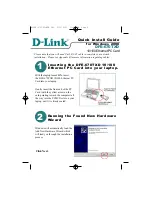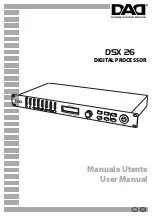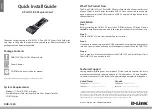
1-6
56 data bytes, press CTRL_C to break
Reply from 10.1.1.2: bytes=56 Sequence=1 ttl=128 time=1 ms
Reply from 10.1.1.2: bytes=56 Sequence=2 ttl=128 time=4 ms
Reply from 10.1.1.2: bytes=56 Sequence=3 ttl=128 time=3 ms
Reply from 10.1.1.2: bytes=56 Sequence=4 ttl=128 time=2 ms
Reply from 10.1.1.2: bytes=56 Sequence=5 ttl=128 time=3 ms
--- host.com ping statistics ---
5 packet(s) transmitted
5 packet(s) received
0.00% packet loss
round-trip min/avg/max = 1/2/4 ms
Dynamic Domain Name Resolution Configuration Example
Network requirements
z
The IP address of the DNS server is 2.1.1.2/16 and the name suffix is com. The mapping between
domain name Host and IP address 3.1.1.1/16 is stored in the
com
domain.
z
Switch serves as a DNS client, and uses the dynamic domain name resolution and the suffix to
access the host with the domain name host.com and the IP address 3.1.1.1/16.
Figure 1-4
Network diagram for dynamic domain name resolution
Configuration procedure
z
Before performing the following configuration, make sure that there is a route between the Switch
and the host, and the IP addresses of the interfaces are configured as shown
Figure 1-4
.
z
This configuration may vary with different DNS servers. The following configuration is performed on
a Windows server 2000.
1) Configure the DNS server
# Enter DNS server configuration page.
Select
Start
>
Programs
>
Administrative Tools
>
DNS
.
# Create zone com.
















































